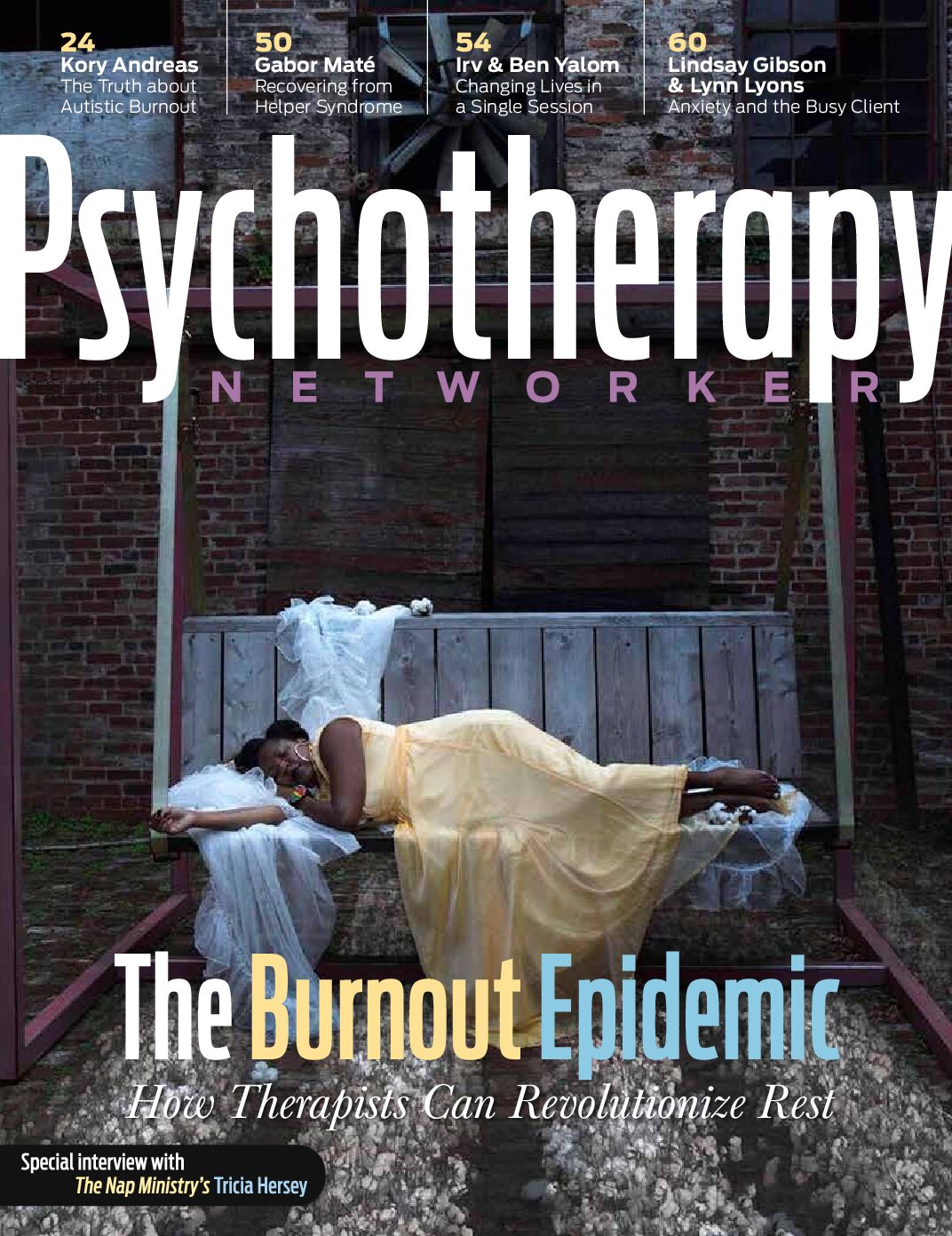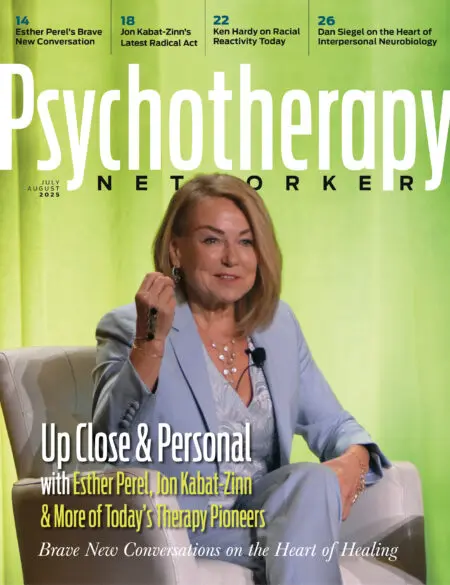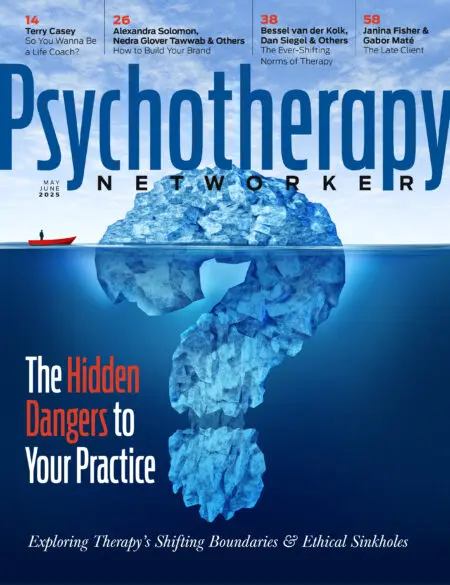The shadow of a smile in the midst of tears, a momentary crinkle of the eyes in the wake of anger—hints of vitality such as these can be powerful clues to essential truths that clients may be totally unaware of.
According to Diana Fosha, our work as therapists begins with “catching” the incongruity, mirroring it to the client, and embarking on an exploration of what it’s about.
In this quick video clip, Diana uses an example from her own practice of how this tactic can bring to light feelings and experiences the client may not be conscious of.
Rich Simon
Richard Simon, PhD, founded Psychotherapy Networker and served as the editor for more than 40 years. He received every major magazine industry honor, including the National Magazine Award. Rich passed away November 2020, and we honor his memory and contributions to the field every day.












